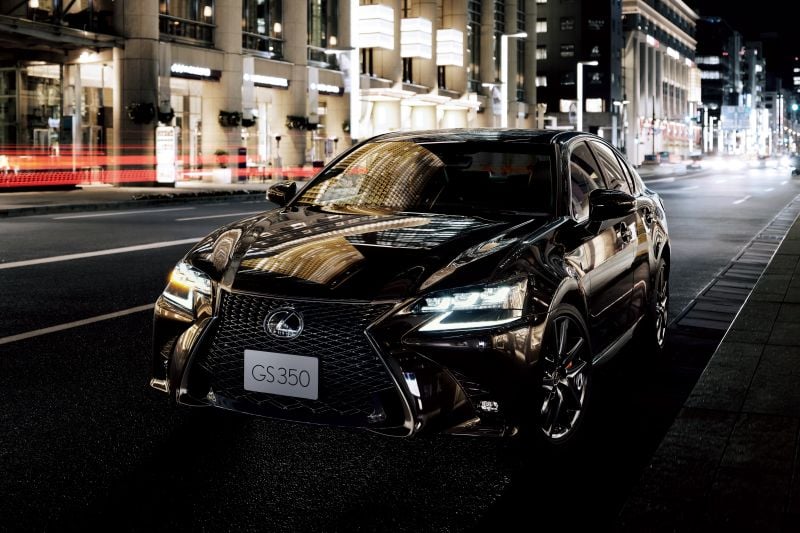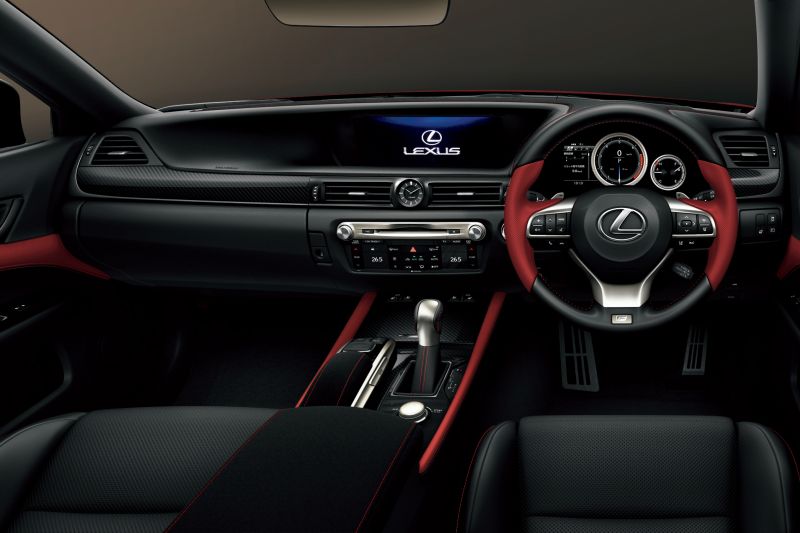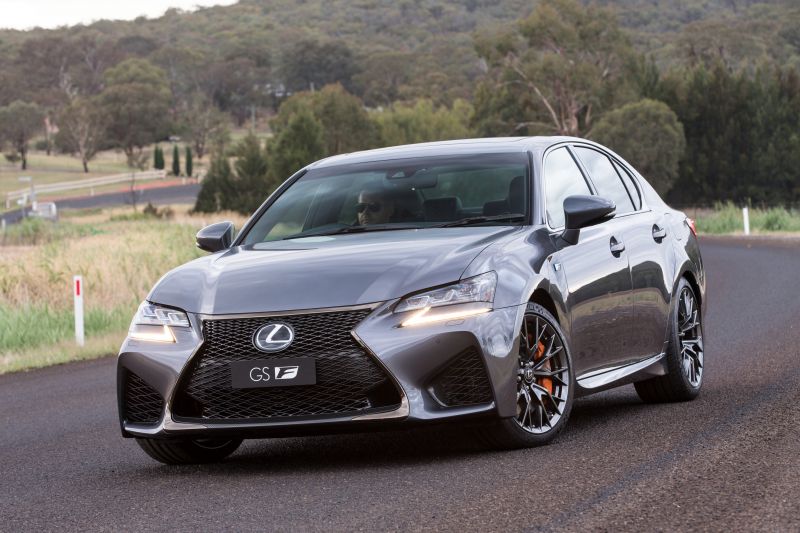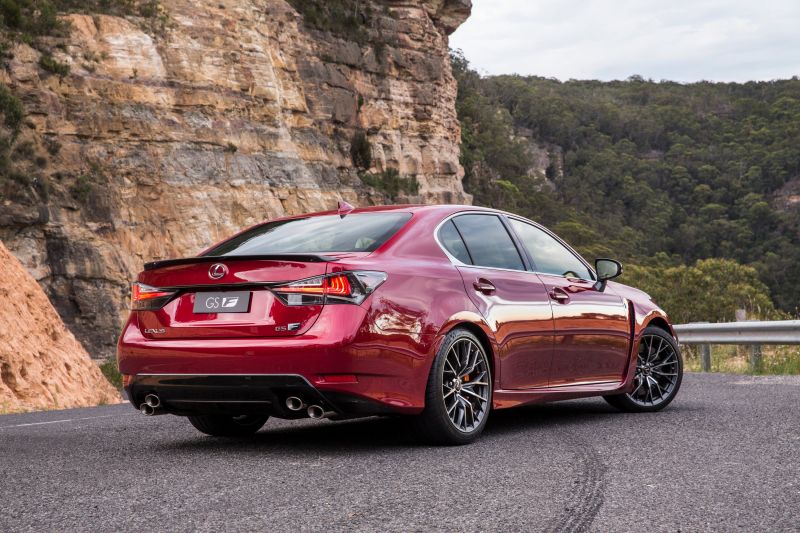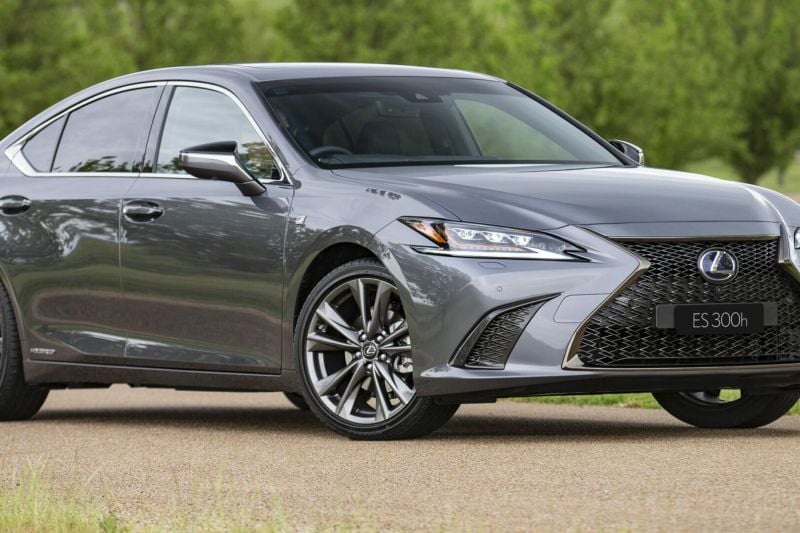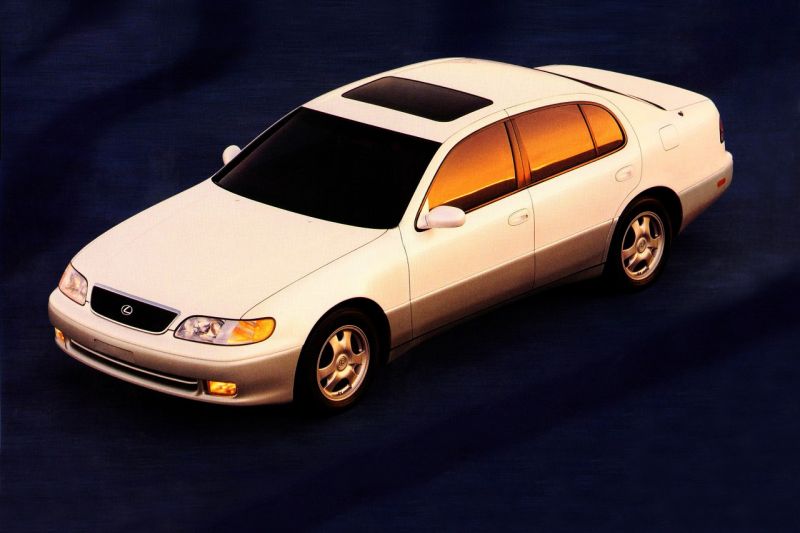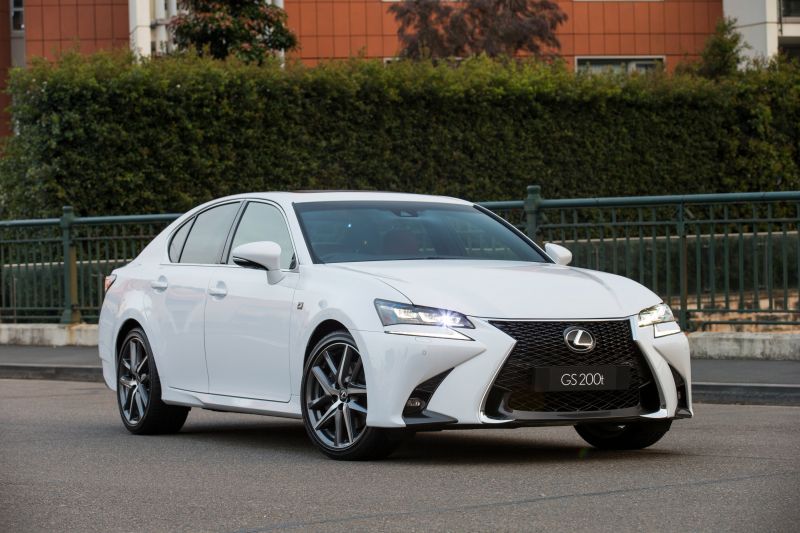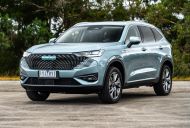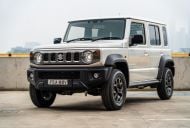The fourth-generation Lexus GS will end production in August after just over eight years on the market.
The announcement closes the door – at least for now – on one of Lexus’s longest-running model lines.
The GS will depart the Japanese market with a special edition package called Eternal Touring, available on the GS300, GS300h, GS350 and GS450h.
It adds the seats and other interior pieces from GS F Sport models, plus a black interior colour scheme with red accents and liberal use of Alcantara trim.
The Eternal Touring versions of the GS450h and rear-wheel drive GS350 also receive orange brake callipers and a gloss black version of the F Sport’s spindle grille.
Lexus Australia hasn’t confirmed whether we’ll receive the Eternal Touring edition or the extremely similar Black Line special edition revealed for the US market.
The announcement of the GS’s discontinuation appears to disprove earlier reports that the GS would survive until 2022.
One report, from Allcarnews, suggested the GS would at that time be replaced with a version of the upcoming, dramatically redesigned Mirai hydrogen fuel-cell vehicle.
Any GS replacement has yet to be officially confirmed.
In a statement, Lexus Australia said, “Lexus has confirmed production of the GS and GS F will cease later this year. The GS and GS F remain available in Australian dealerships.”
The discontinuation of the GS doesn’t leave Lexus without a sedan of its size, as the brand sells the ES.
While the GS is rear-wheel drive and offers all-wheel drive in other markets, the ES is front-wheel drive-only.
Also unlike the GS, the ES is offered exclusively with a hybrid four-cylinder powertrain, though a naturally-aspirated V6 is available in some markets.
There’s certainly no muscular V8 as in the GS F.
GS sales have mostly evaporated recently, though its entire segment is struggling and fell 15.6 per cent last year.
Lexus has only sold eight GS models in Australia this year, one fewer than the Genesis G80 which is only sold out of a single showroom.
That’s less than a third of the Maserati Ghibli’s volume this year, while the BMW 5 Series and Mercedes-Benz E-Class dominate the segment with 165 and 170 sales year-to-date, respectively.
The ES has proved to be a much stronger seller in recent times. Lexus has sold 152 of them so far this year, though the ES range opens at $59,888 before on-road costs.
The GS range opens at $75,202 before on-road costs.
If the GS is going to eternally rest, its discontinuation closes the book on a 27-year run.
The GS nameplate first appeared on a US-market version of the Toyota Aristo, designed by Giorgetto Giugario.
We didn’t receive the GS in Australia until the second-generation model, which was launched here in 1997.
Of the current Lexus range, only the LS and ES nameplates are older.
Those two models launched the Lexus range back in 1989, though we didn’t get the ES until its second generation.
The current, fourth generation of GS was introduced back in 2012 and received a facelift in 2016.
Though its sales volumes are low, it offers a wide variety of models including four different engines.
There’s a naturally-aspirated 3.5-litre V6 in both the GS350 and GS450h, the latter with a hybrid system. The range is book-ended by the GS300 and its turbocharged 2.0-litre four-cylinder engine and the GS F with its sonorous, naturally-aspirated 5.0-litre V8.

